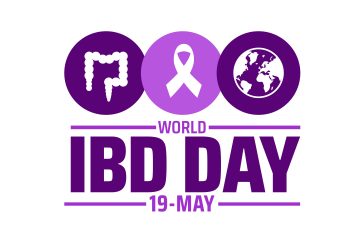1936 Board of Directors

The founding ABIM Board of Directors consisted of nine men, all of whom were from academia.
Breakdown of 2016 Governance Members

ABIM’s governance now includes a total of 365 practicing physicians, patient advocates, allied professionals, and non-internist physicians serving across 21 disciplines.1

 100% of the physicians serving ABIM participate in Maintenance of Certification (MOC).
100% of the physicians serving ABIM participate in Maintenance of Certification (MOC).





